
In a previous post I discussed the ethical questions of borrowing spiritual practices from the Hindu and Daoist traditions. Wary of inappropriate cultural appropriation, I have resisted adopting practices outside of a general contemplative Christian framework. However, I realized that Christianity simply does not have the resources for an embodied spirituality that many other traditions such as Yoga and Daoism do. Some may disagree, but this has been my experience. In this post I just want to add a bit more context to the question of embodiment in spiritual practice.
For many years I have been a somewhat consistent practitioner of what has been called contemplative spirituality or Centering Prayer. Fully fleshed out by Trappist monks like Fr. William Meninger, Fr. M. Basil Pennington and Abbot Thomas Keating in the 1970s, the practice modernizes the musings of the medieval author of the Cloud of Unknowing. This form of prayer is Apophatic, in that it attempts to move beyond words, images and ideas about God and into a place of unknowing, or forgetting the world of self, sacrament and matter. Apophatic prayer moves beyond Cataphatic prayer, from creation to creator, from world to heaven. The writer of Cloud states, “During contemplative prayer all created things and their words must be buried beneath the cloud of forgetting.”[i] (The author imagines a Cloud of Unknowing above and a Cloud of Forgetting below the novice meditator.) The practice strives to move the practitioner into the Cloud of Unknowing, the very presence of God’s being, toward a sort of objectless awareness beyond guided meditations, mantras, rote prayers, petitions, visualizations. This is of course a form of (neo) Platonism, moving from body and world to Source and God. And even if the author maintains the goodness of creation, as they do with words, the ultimate experience of God is beyond all words and things.
Centering Prayer is meant to train us in the slow lifelong spelunking to the cave of the heart, to the core of our being where God is actively creating us in each moment. Thomas Merton, the Trappist monk largely responsible for popularizing contemplative spirituality in the 1950s and 60s, in his book Contemplative Prayer wrote: “Monastic prayer begins not so much with ‘considerations’ as with a ‘return to the heart,’ finding one’s deepest center, awakening the profound depths of our being in the presence of God.”[ii] For Merton, contemplative prayer was a practice for achieving the ultimate communion with God, who could be conceived as dwelling at the inmost space of our being, much like the Atman/Brahman (Soul/Source) theology of the Hindu Upanishads. Catholic critics of Centering Prayer however, claim that Centering Prayer is not prayer at all but a form self-hypnosis or even self-worship.[iii]
In recent years, writer Cynthia Bourgeault and Franciscan Father Richard Rohr have become the most visible advocates of Centering Prayer through the Center for Action and Contemplation. They teach the method as a form of prayer and self-discovery.[iv] In recent years, there has been some lovely discussions of the method taking forms not narrowly influenced by the more sedentary Zen sensibilities of the practice. For example, Barbara A. Holmes in her book Joy Unspeakable: Contemplative Practices of the Black Church (2017) surveys the history of contemplative practice in the black church in North America (Mostly the United States) which takes place in spaces that are saturated with the charismatic worship of black churches and the vital spaces of political activism in the wake of Black Lives Matter.
So far I have described spirituality in at least two senses:
Spirituality 1: “The quality of being concerned with the human spirit or soul as opposed to material or physical things” (Oxford Dictionary). In this sense, spirituality is a dualized concept that sets spirit in opposition to matter. The intuition behind aphorisms like: “We are spiritual beings having a human experience.”
Spirituality 2: “An understanding of how life should be lived and an attempt to live that way” (Gottlieb 2012). In this sense, spirituality is a method or practice designed to achieve a religiously-minded goal. Contemplative Prayer it seems is often framed in this way. We engage in the practice to achieve some state of mind or being but also with a hope in some end goal, usually communion with God, enlightenment, Moksha, Nirvana.
However, beyond these two senses of contemplative spirituality, a broader definition is emerging that blurs boundaries between ontological and methodological senses. Many in North America have begun to adopt a more “immanent frame” to borrow Charles Taylor’s phrase from his landmark book A Secular Age. This sense can defined this way:
Spirituality 3: “Spiritual but not Religious”. No longer as concerned with Transcendence, we claim to be spiritual in this sense when we have a vague notion of the world’s sacredness, or when we are in a zone of body-mind synchronization (Flow States or In the Zone). This “New” spirituality is expressed most often in the surge in popularity of the vaguely spiritual athleticized forms of North American Yoga.
It would see that Senses 1 and 2 are compatible, and Senses 2 and 3 are compatible, but Senses 1 and 3 are not compatible. In North America the assumption that one could be spiritual without the trappings of a specific religion is almost an article of faith. We have seen books and seminars on Bodifulness rather than Mindfulness. Art, music, performance, dance, craft, sex, rock climbing, surfing are spoken of as a kind of spiritual practice in Sense 3 above.
Forest Bathing as a therapeutic and spiritual practice has also rocketed into the collective imagination. Zero Waste, Green, Sustainable and Vegan lifestyle-isms have taken not only a moralizing character but a sort of green monastic asceticism. And attending to the dying and death practices has also become an area for discussion both as a form of ecological activism, critique of capitalist professionalization the death industry, and a form of accompaniment-based spirituality.
For me, the exploration of Yoga and Qigong (still very amateur) are motivated by a blending of Senses 2 and 3 of spirituality. Because Centering Prayer tends to have a strong Sense 1 and 2 motivation, engaging the body has been less a part of the conversation in contemplative prayer circles in my experience. We focus on the power of silence and stilling the monkey mind. Of slowing down and not being in movement all the time. Centering Prayer finds God in the center of our being. This is powerful stuff! I think practicing stillness and silence will always be important to my practice. But could an Embodied Contemplative Spirituality help us de-center the Self and thus de-center the presence of God? Not only found in some core Essential Self, but within the wider Ecological Self that is hopelessly entangled, hybrid and open to the more-than-human world. Rather than contrasting Transcendence and Immanence, to speak of Inscendence as the intertwined threads of the tapestry of Being.[v] Not as distinct domains of reality but as folds and contours in the evolving fabric of Cosmos.
Does Embodied Contemplative Prayer resonate? What practices do you engage with that you would consider a form of Embodied Spirituality?
[i] The Cloud of Unknowing (Image Classics) (p. 65). The Crown Publishing Group. Kindle Edition.
[ii] Merton, Thomas (2009). Contemplative Prayer (First paperback ed.). New York: Crown Publishing Group. pp. 5–6. ISBN 978-0-307-58953-8.
[iii] https://www.catholicculture.org/culture/library/view.cfm?recnum=234
[v] https://www.contemplation.com/inscendence-and-deconstruction/
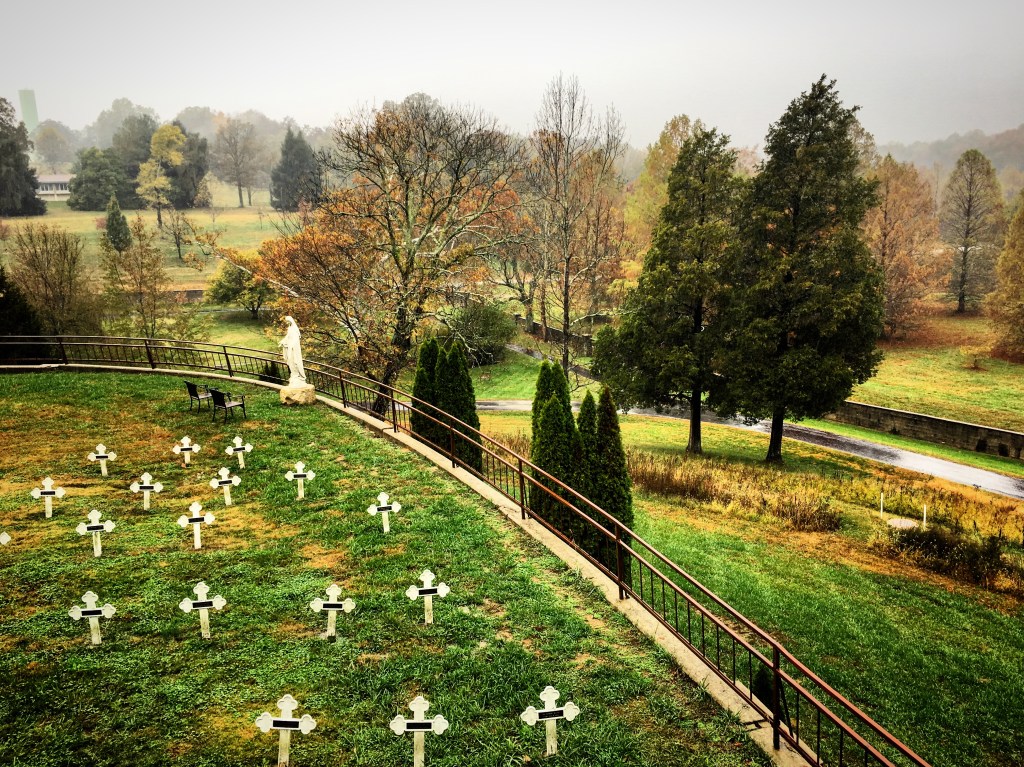
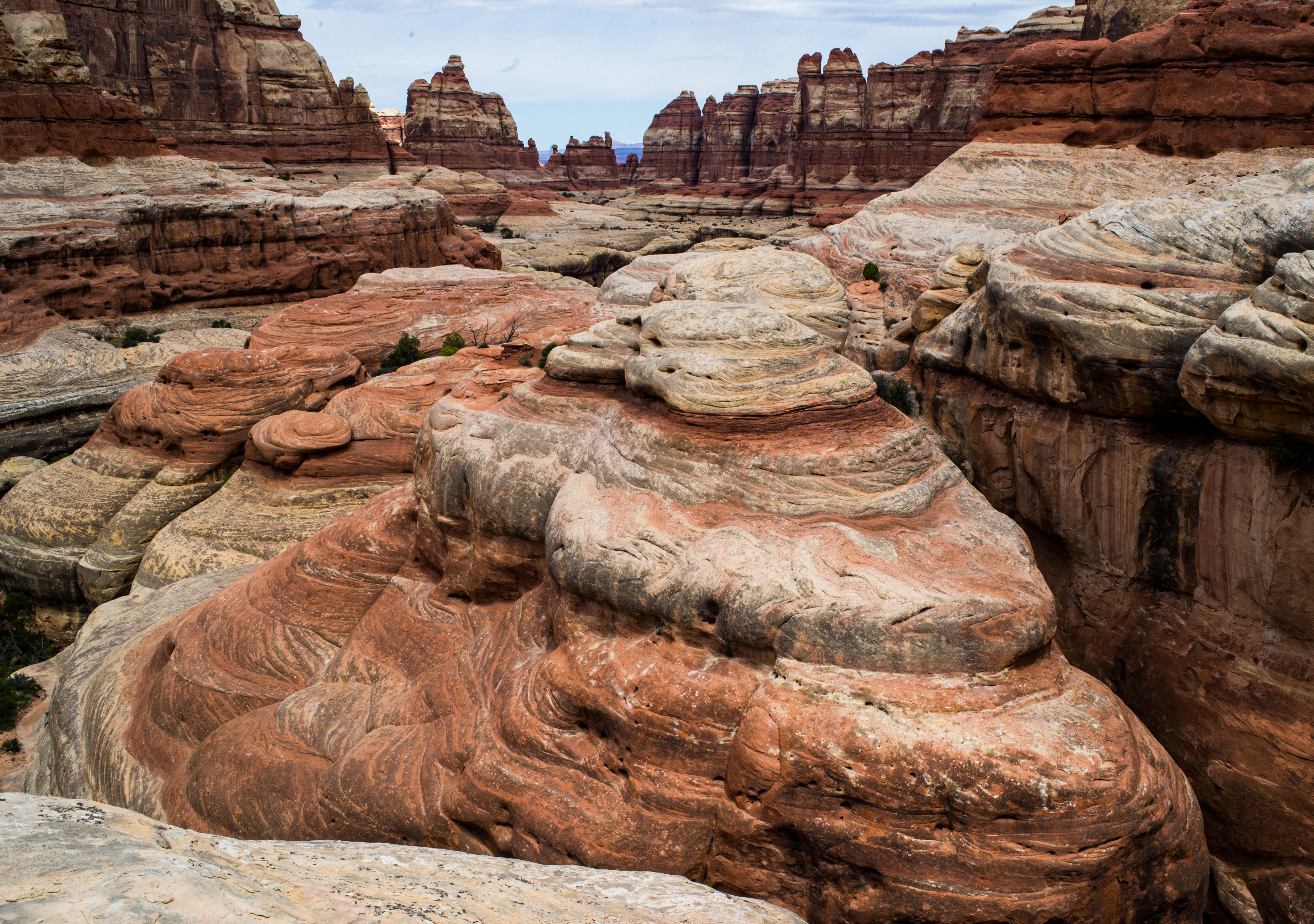
 Today in my morning prayers I read Psalms 58. If you are not familiar, Psalms 58 is one of the more vicious “Cursing” Psalms, wherein the poet-author begs God for vengeance on his enemies. Some exceptionally gruesome lines read:
Today in my morning prayers I read Psalms 58. If you are not familiar, Psalms 58 is one of the more vicious “Cursing” Psalms, wherein the poet-author begs God for vengeance on his enemies. Some exceptionally gruesome lines read:

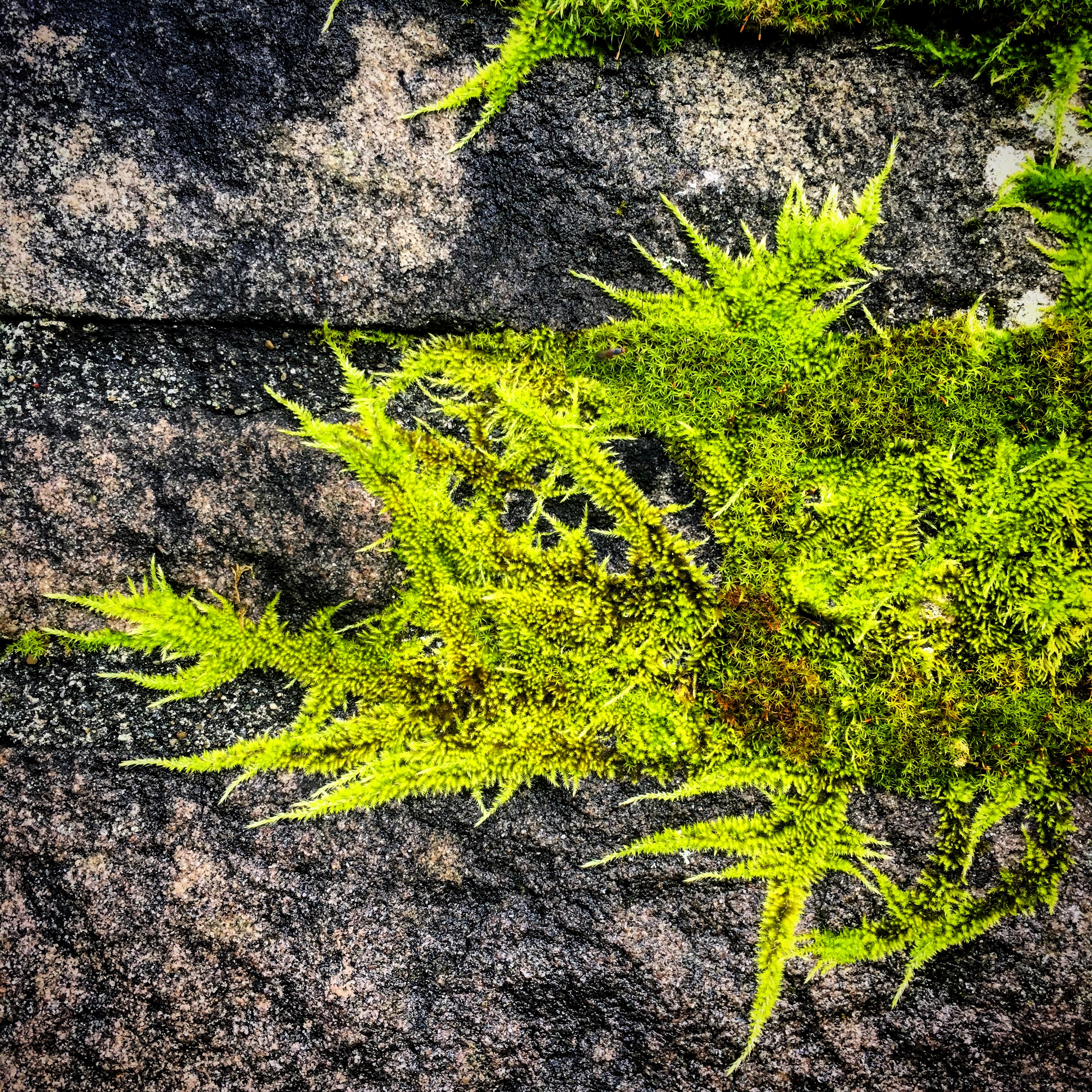
 With these texts in mind, especially questions of religious symbols and religious realities, I want to talk a little bit about my research with monastic communities, and then return to these texts at the end. Monasticism, like Christianity as a whole is steeped in symbols. For example, the Abbas and Ammas of the early monastic tradition experienced the desert as a symbol of purification and sanctification. Saint Anthony fled to the desert to live a life of solitude, spiritual warfare and strict asceticism. The silence and nakedness of the desert landscape was as it were a habitat for the silence and simplicity that led the Desert Fathers and Mothers through the wilderness of their own sin to the simplicity of God’s presence. As Saint Jerome wrote, “The desert loves to strip bare.”
With these texts in mind, especially questions of religious symbols and religious realities, I want to talk a little bit about my research with monastic communities, and then return to these texts at the end. Monasticism, like Christianity as a whole is steeped in symbols. For example, the Abbas and Ammas of the early monastic tradition experienced the desert as a symbol of purification and sanctification. Saint Anthony fled to the desert to live a life of solitude, spiritual warfare and strict asceticism. The silence and nakedness of the desert landscape was as it were a habitat for the silence and simplicity that led the Desert Fathers and Mothers through the wilderness of their own sin to the simplicity of God’s presence. As Saint Jerome wrote, “The desert loves to strip bare.”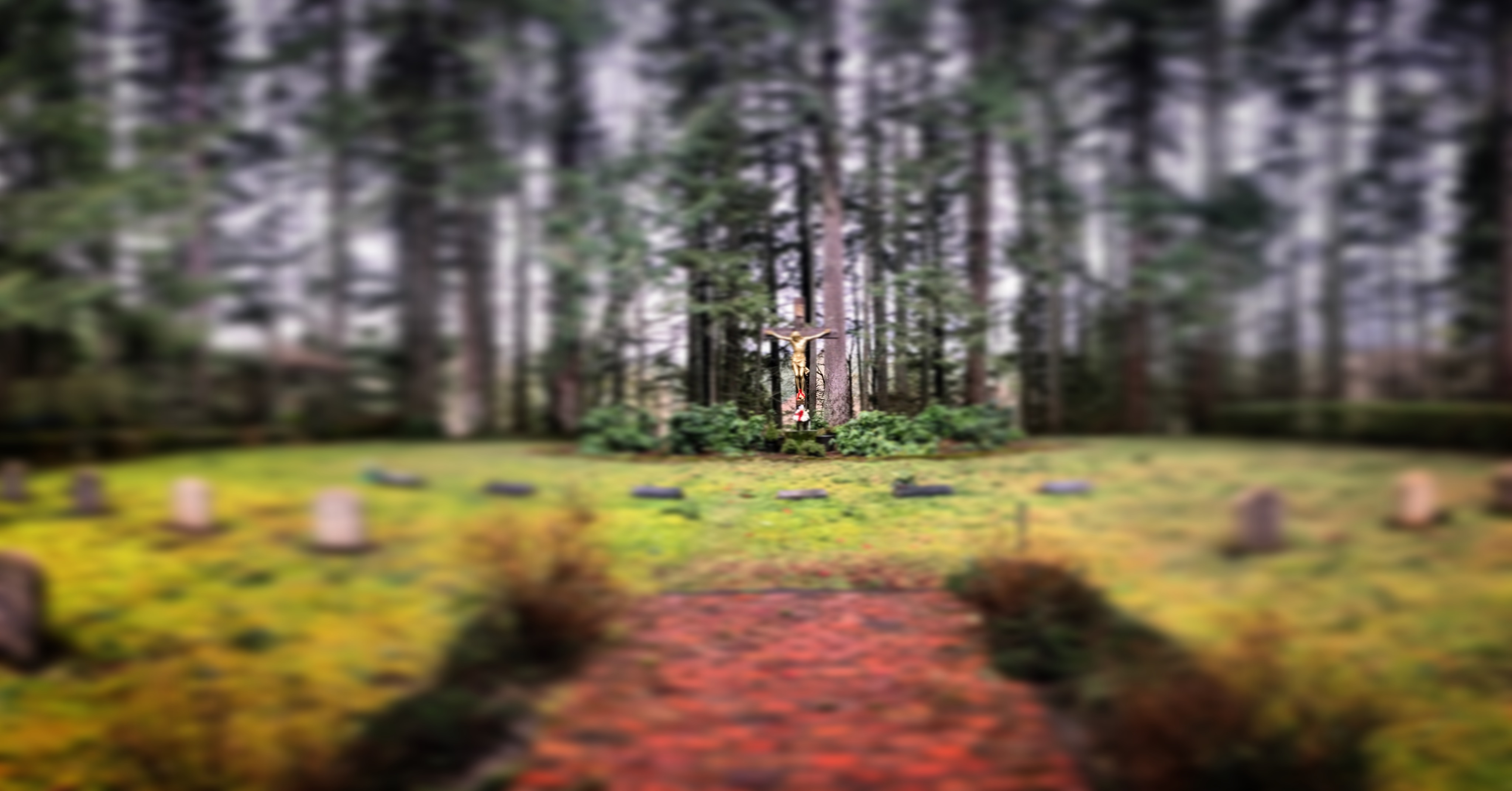

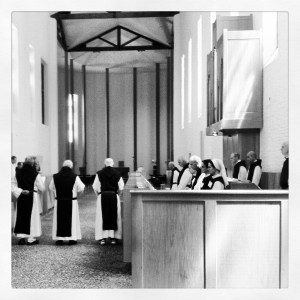
![IMG_3027[1]](https://holyscapes.org/wp-content/uploads/2015/06/img_30271.jpg?w=300)























